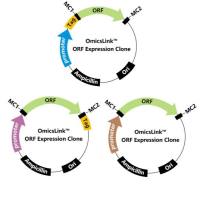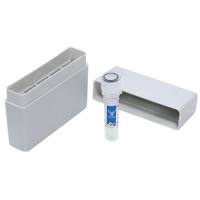Studying Nuclear Organization in Embryos Using Antibody Tools
互联网
1723
One of the major foci in cell biology is to understand the process of nuclear division. In each cell cycle, the chromosomes must be faithfully replicated and the complex nuclear structure has to be duplicated and reorganized (1 –4 ). Our understanding of the cell cycle and mitosis has increased dramatically in the last several years, as a result of cross-disciplinary approaches combining molecular, cell biological, and genetic techniques (reviewed in refs. 5 –9 ). An organism offering a particularly advantageous model system for such studies of mitosis is the early embryo of Drosophila melanogaster . The cytoskeleton and mitotic spindle are large and easily visualized, thus facilitating structural analysis. The embryo undergoes 13 rapid and nearly synchronous nuclear divisions giving rise to about 5000 nuclei before cell boundaries form after 3 h of development (10 –12 ). This syncytial organization of nuclei affords excellent accessibility for experimental perturbations (e.g., using antibodies [13 –17 ] or pharmacological tools [15 ,18 –20 ]).









